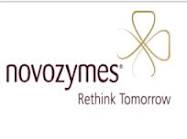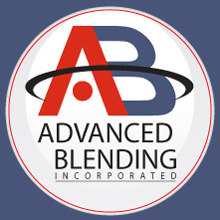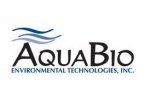How the Reverse Osmosis System Works for home drinking water system?
Reverse Osmosis is a process to remove those dissolved inorganic solids (such as salts) from a solution (such as water). This is accomplished by household water pressure pushing the tap water through a semi permeable membrane. The membrane (which is about as thick as cellophane) allows only the water to pass through, not the impurities or contaminates. These impurities and contaminates are flushed down the drain or other drain pipe line.
The factors that affect the performance of a Reverse Osmosis System are:
- Incoming water pressure

- Water Temperature
- Type and number of total dissolved solids (TDS) in the tap water
- The quality of the filters and membranes used in the RO System (see operating specs)
What does a Reverse Osmosis System Remove?
A reverse osmosis membrane will remove those impurities soluble salts and particles larger than .001 microns.
 |
| TYPICAL REJECTION CHARACTERISTICS RATE OF R.O. MEMBRANES Elements and the Percent R.O. Membranes will remove |
||
Sodium |
85 - 94% |
|
Reverse osmosis is one of the most common and effective water treatment systems. The primary filtering media in these systems is an RO membrane. RO system configuration design depends on application. Commercial reverse osmosis membranes can be designed to suite for sea water desalination, brackish water, and high flow commercial applications.
 |
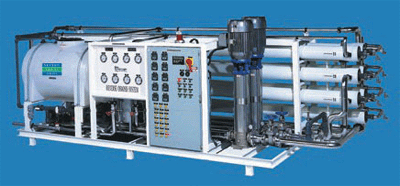 |
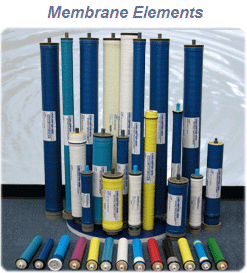 |
Reverse osmosis (RO) is a purification technology that uses a semi-permeable membrane. RO can remove many types of molecules and ions from solutions and is used in both industrial processes and to produce high purity process and potable water.
In the normal osmosis process, the solvent naturally moves from an area of low solute concentration (High Water Potential), through a membrane, to an area of high solute concentration (Low Water Potential). Reverse osmosis is most commonly known for its use in drinking water purification from seawater, removing the salt and other effluent materials from the water molecules.
The following list are basic components to all Reverse Osmosis Systems:
-
Cold Water Line Valve:
-
Pre-Filter (s): These are used to remove sand silt, dirt and other sediment. Additionally, carbon filters may be used to remove chlorine, which can have a negative effect on TFC (thin film composite) & TFM (thin film material) membranes.
-
Reverse Osmosis Membrane: The Reverse Osmosis Membrane is the heart of the system. The most commonly used is a spiral wound of which there are two options: the CTA (cellulose tri-acetate), which is chlorine tolerant, and the TFC/TFM (thin film composite/material), which is not chlorine tolerant.
-
Post filter (s): After the water leaves the RO storage tank, but before going to the RO faucet, the product water goes through the post filter (s). The post filter (s) is generally carbon (either in granular or carbon block form). Any remaining tastes and odors are removed from the product water by post filtration.
-
Automatic Shut Off Valve (SOV): To conserve water, the RO system has an automatic shutoff valve. When the storage tank is full (this may vary based upon the incoming water pressure) this valve stops any further water from entering the membrane, thereby stopping water production. By shutting off the flow this valve also stops water from flowing to the drain. Once water is drawn from the RO drinking water faucet, the pressure in the tank drops and the shut off valves opens, allowing water to flow to the membrane and waste-water (water containing contaminants) to flow down the drain.
-
Check Valve: A check valve is located in the outlet end of the RO membrane housing. The check valve prevents the backward flow or product water from the RO storage tank. A backward flow could rupture the RO membrane.
-
Flow Restrictor: Water flow through the RO membrane is regulated by a flow control. There are many different styles of flow controls. This device maintains the flow rate required to obtain the highest quality drinking water (based on the gallon capacity of the membrane). It also helps maintain pressure on the inlet side of the membrane. Without the flow control very little drinking water would be produced because all the incoming tap water would take the path of least resistance and simply flow down the drain line. The flow control is located in the RO drain line tubing.
-
Storage Tank: The standard RO storage tank holds up to 2.5 gallons of water. A bladder inside the tank keeps water pressurized in the tank when it is full.
-
Faucet: The RO unit uses its own faucet, which is usually installed on the kitchen sink. In areas where required by plumbing codes an air-gap faucet is generally used.
-
Drain line: This line runs from the outlet end of the Reverse Osmosis membrane housing to the drain. This line is used to dispose of the impurities and contaminants found in the incoming water source (tap water). The flow control is also installed in this line.
